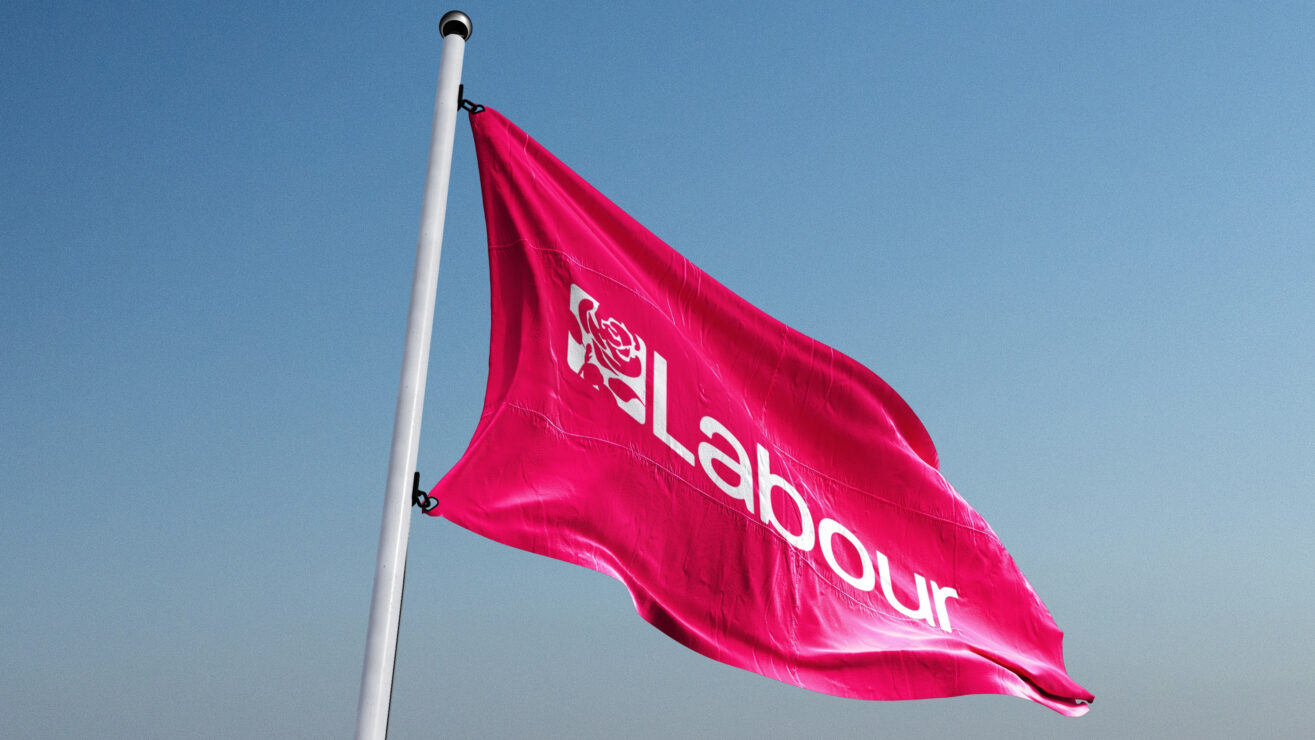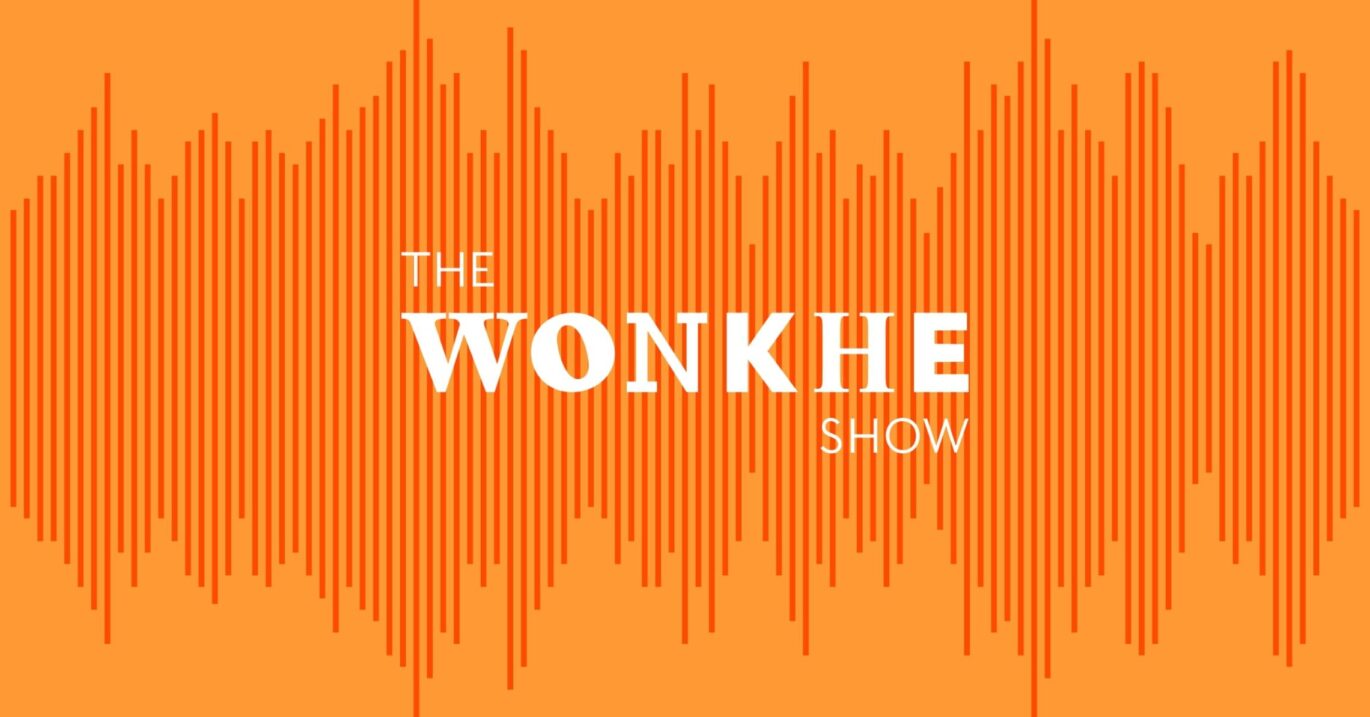The 15 January equal consideration deadline for UCAS undergraduate applications always attracts articles about the admissions process, and this year was no different. There’s been discussion about the admissions process and its relationships with other areas, such as league tables and wider university strategies, including a focus on the UCAS Tariff.
But what is it, and where does it come from?
The UCAS Tariff was first introduced in 2001 and focused on a small range of qualifications. It was designed to help students without A levels or SQA qualifications make sensible application choices, and help higher education providers (HEPs) consider less familiar qualifications and combinations of different qualifications when setting entry requirements and making offers. However, the range of qualifications and uses of the Tariff soon increased and it became apparent that the methodology couldn’t fully accommodate planned qualification reforms. Equally, the peer review process used to award points was too opaque and inefficient to cope with the volume of demand from awarding organisations, and universities and colleges.
In 2012, UCAS commissioned a review to find out what qualifications information teachers and admissions teams needed. Throughout the course of this review, I must have personally spoken to thousands of students and representatives from schools, colleges and universities about the Tariff. We found that a Tariff was still wanted to meet the needs of providers that used it to support admissions, but that more qualitative information was needed regarding qualifications, to allow for more informed admissions decisions to be made. UCAS responded to this by developing the current Tariff and providing more information to HE providers about specific qualifications.
What is the Tariff now? And what isn’t it?
The Tariff is a metric that looks at a qualification’s size and grading structure – its primary purpose is to assist HEPs with statistical and management reporting (most notably the HESA Student Record). It is for this purpose that most institutions now use the Tariff. Qualifications are allocated a size band and grade band based on their guided learning hours (GLH) and grading structure – both of these are finite scales. The grade and size bands are multiplied together to form an overall Tariff score. It’s not a score of equivalence or assessment of how rigorous a qualification is, nor is it a sign of HE recognition. The current Tariff is made up of qualifications that have previously attracted points, as well as those included as a result of their inclusion on the DfE Applied General or Tech Level list, or nominated for inclusion by a school, college, or university as part of the Tariff process.
Horses for courses
One of the major assets of the UK higher education system is the diversity and breadth of provision on offer. Over 50,000 undergraduate and conservatoire courses are listed on the UCAS search tool, covering an array of subject areas, from law, medicine and modern foreign languages, to golf course management, brewing and distilling, and football business and marketing.
This diversity in reflected in Level 3 qualifications and the Tariff. Many of these courses will have specific and specialist qualification requirements that allow applicants to develop the necessary skills and aptitudes required to study the course. Not everyone will enter holding A levels or a BTEC National – in 2017 only 61% of UK 18 year olds entered higher education with three or more A levels. In the same cycle, learners applying via UCAS entered over 750 different qualifications as part of their application.
A commonly misused example of qualifications listed on the Tariff are those linked to horse care management. While these qualifications may not necessarily be relevant to a medicine application, they’re highly relevant for an applicant wishing to study equine science. Their inclusion on the Tariff reflects the diversity of provision available to applicants, but also helps them understand and recognise the array of pathways on offer.
The use of the Tariff in league tables
The inclusion of qualifications held on entry in league tables is problematic.
- Firstly, not all qualifications attract Tariff points. A range of high quality qualifications held by applicants do not have Tariff points, because awarding organisations, schools, colleges or universities have not asked UCAS for them to be included. This does not mean the qualifications are lower quality – they simply have not gone through the process.
- Secondly, since the Tariff is only designed to cover Level 3 qualifications, it’s use in league tables assumes all entrants will exclusively hold Level 3 qualifications. Given the increased focus on student transfer, it’s likely more learners will begin to enter institutions with qualifications or credits above Level 3.
- Thirdly, the data included is based on all Level 3 qualifications held by entrants, not the qualifications students needed to secure a place. This can, and does, result in an inflated view of what applicants need to secure a place and could encourage admissions decision-making that seeks to maximise league table positioning.
As was recently highlighted by the Social Mobility Advisory Group and Commission on Widening Access in Scotland, it might be more transparent and useful for prospective students if league tables used information about the value added by universities rather than the qualifications of those they accept, however these qualifications are measured.













